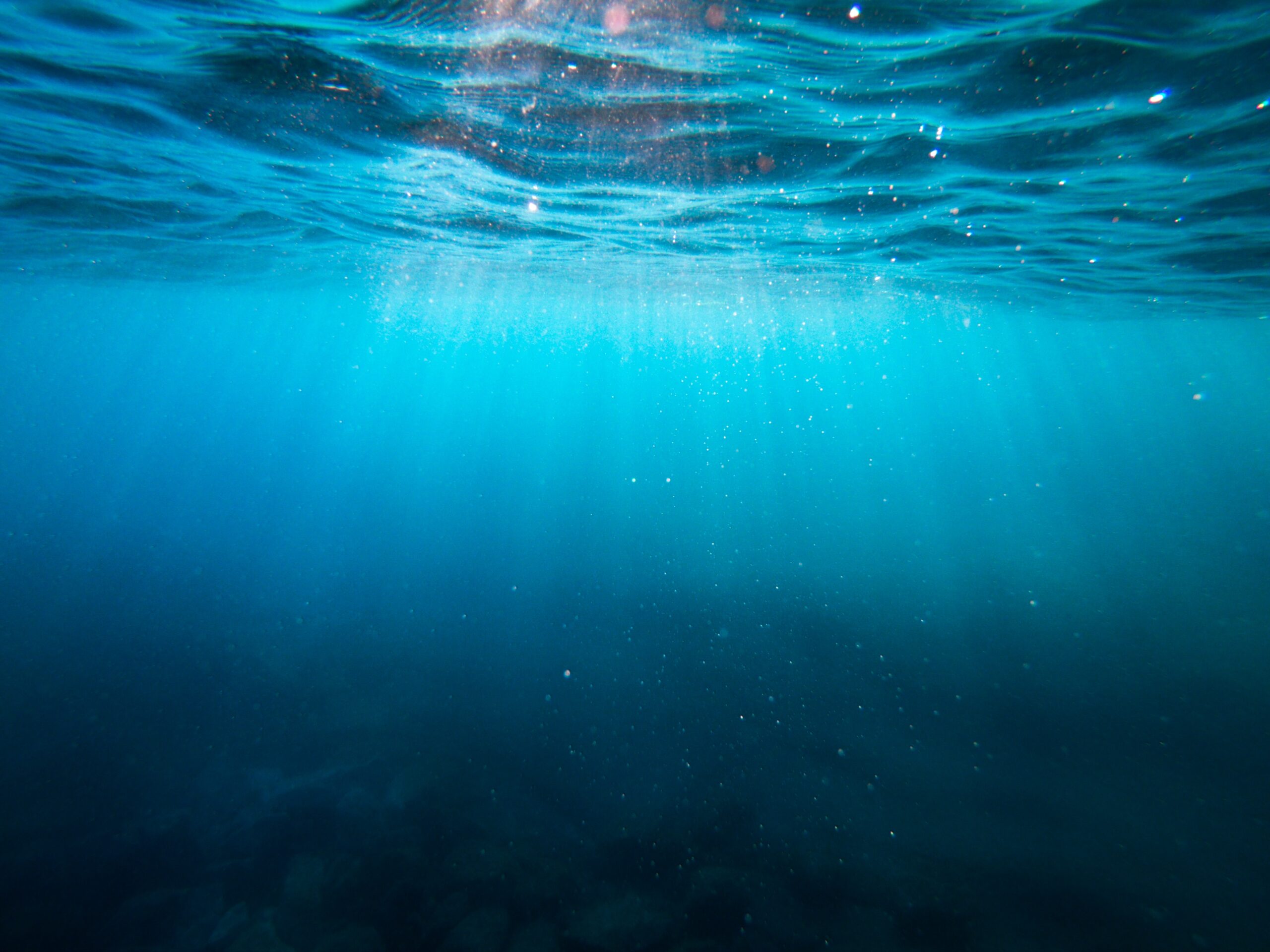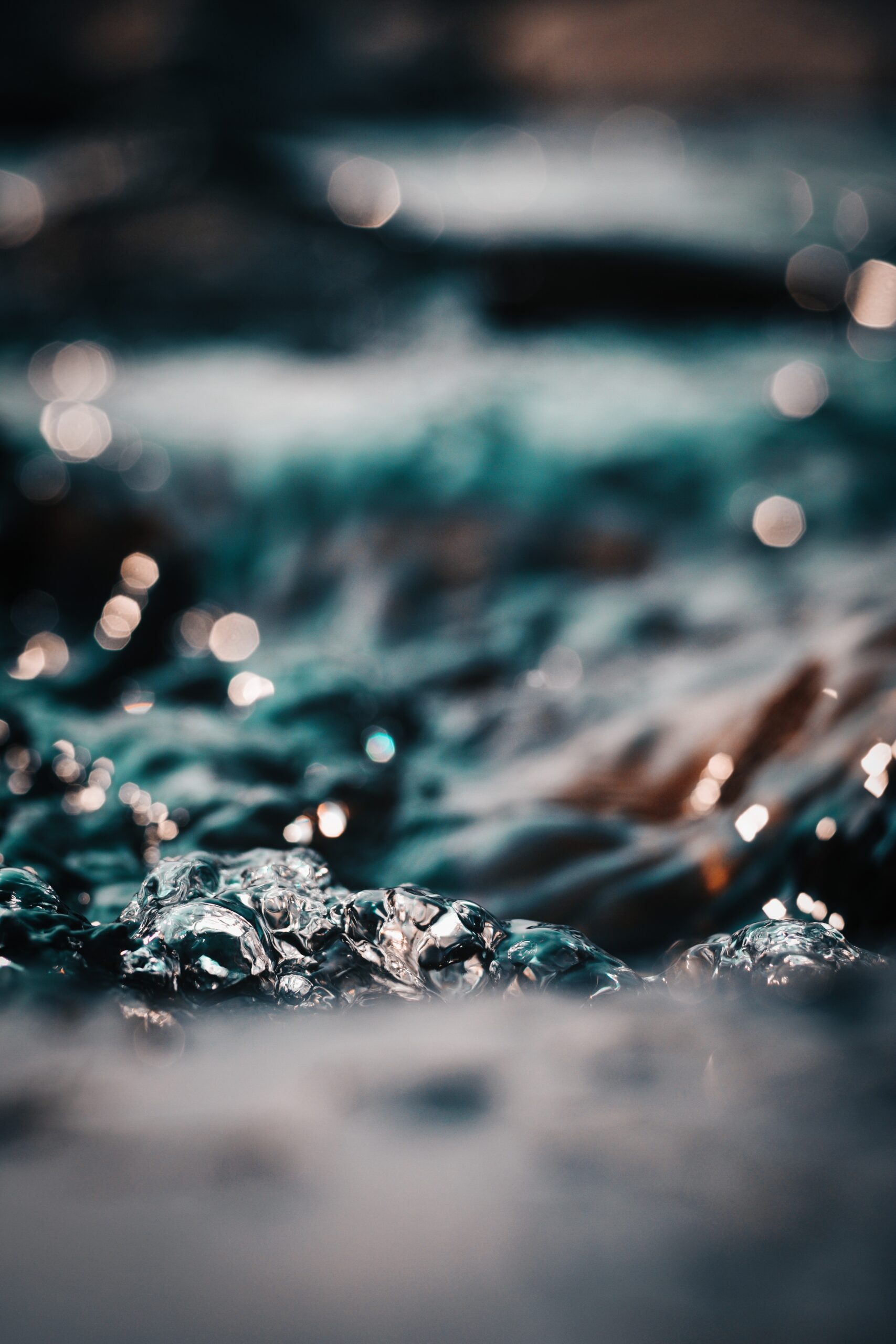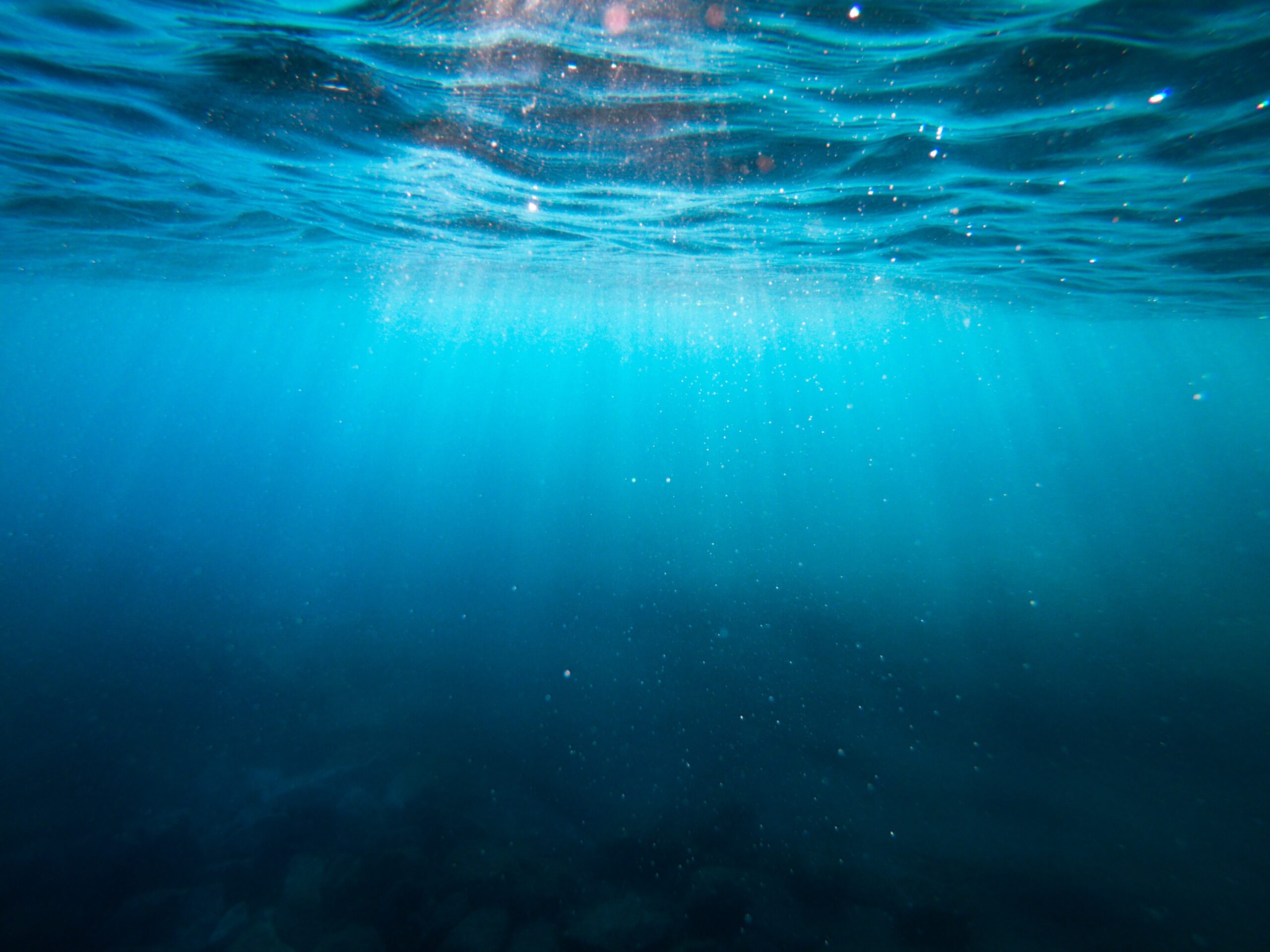If you live in an area where well water is the primary source of drinking water and you’ve noticed the presence of pests near your wellhead, it’s crucial to address any safety concerns that may arise. Wellhead pests can not only contaminate the water supply but also pose health risks to you and your family. In this article, we will explore some effective strategies and preventive measures to ensure the safety of your well water in areas where wellhead pests are present. By taking proactive steps, you can enjoy clean and safe drinking water without worrying about potential hazards.

Understanding Well Water Contamination
Well water contamination refers to the presence of harmful substances or pollutants in groundwater sources, which can significantly affect the quality and safety of the water. Contamination can occur due to various sources, including natural factors, human activities, and wellhead pests. Understanding the sources of well water contamination is crucial in addressing safety concerns and ensuring the protection of your well water.
Sources of Well Water Contamination
Natural Factors: Natural factors such as geological formations, rock types, and soil characteristics can contribute to well water contamination. For example, if your well is located near sources of naturally occurring pollutants such as arsenic or radon, there is a higher risk of contamination.
Human Activities: Human activities can also be a major source of well water contamination. Improper waste disposal, the use of pesticides and fertilizers in agriculture, industrial activities, and inadequate sewage systems all pose a threat to well water quality.
Wellhead Pests: Wellhead pests, such as rodents, insects, and small animals, can introduce contaminants into the well water. These pests may carry harmful bacteria, viruses, or parasites that can contaminate the water supply when they come into contact with the wellhead or the surrounding area.
Risks Associated with Contaminated Well Water
The risks associated with contaminated well water can be significant and potentially harmful to your health. Consuming contaminated water can lead to various waterborne illnesses, such as gastrointestinal infections, diarrhea, and even long-term health issues. Infants, elderly individuals, and those with compromised immune systems are particularly vulnerable to the adverse effects of contaminated water.
Types of Wellhead Pests
Wellhead pests are creatures that can infiltrate the wellhead and surrounding areas, potentially contaminating the well water. These pests can include rodents like rats and mice, insects such as ants and flies, and even small animals like raccoons or squirrels. Identifying and understanding the behavior of these pests is crucial in addressing the safety concerns related to well water.
Identifying Wellhead Pests
Identifying the presence of wellhead pests is essential for implementing appropriate pest control measures and ensuring the safety of your well water. Several signs can indicate the presence of pests near your wellhead.
Common Signs of Wellhead Pests
Droppings or urine: Finding rodent droppings or urine stains near the wellhead area is a strong indicator of pest activity. These sightings are particularly concerning, as they may suggest the presence of harmful bacteria or other contaminants.
Chewed or damaged well components: Pests like rodents have a penchant for gnawing on various materials, including well pipes or electrical wires. If you notice chew marks or signs of damage on the wellhead structure, it could be a sign of pest infestation.
Nesting materials: Pests, especially small animals, often build nests using materials like twigs, leaves, or fabric scraps. Finding these nesting materials near your wellhead could indicate the presence of pests.
Pest Identification Techniques
Proper identification of wellhead pests is vital to develop effective pest control strategies. Some common techniques to identify pests include:
Visual inspection: Regularly inspect the wellhead area for any signs of pest activity, including droppings, chew marks, nests, or burrows.
Monitoring devices: Placing mousetraps or rodent bait stations near the wellhead can help monitor pest activity and determine the type of pests present.
Working with professionals: Consulting pest control experts can help accurately identify pests and develop appropriate pest management plans.
Assessing the Impact of Wellhead Pests on Water Quality
Determining the impact of wellhead pests on water quality is essential to evaluate the severity of contamination and take appropriate corrective measures. Several methods can be utilized to assess the extent of pest-related contamination in your well water.
Methods to Determine Pest-Related Contamination
Water Testing: Conducting regular water tests can help identify the presence of contaminants introduced by wellhead pests. Test results can indicate the presence of harmful microorganisms, pesticides, or other substances associated with pests.
Microbial Source Tracking: This technique involves analyzing the DNA of microorganisms found in the well water to determine their origin. By identifying specific species associated with pests, microbial source tracking can provide valuable insights into contamination sources.
Evaluating the Severity of Contamination
Once contamination is confirmed, it is important to evaluate the severity or level of contamination. This assessment helps determine the appropriate treatment methods and the urgency of remediation. Engaging water quality specialists and understanding regulatory guidelines can assist in evaluating the impact of contamination accurately.
Implementing Preventive Measures
Preventing pest infestation and contamination of well water is crucial for ensuring its safety and quality. Implementing preventive measures can significantly reduce the risk of wellhead pests and enhance the overall well water protection.
Securing the Wellhead from Pests
Well Cap and Seal: Install a tightly sealed well cap to prevent pests from gaining access to the wellhead. Ensure that the seal is intact and free from any gaps or cracks.
Screen or Mesh Covers: Use fine mesh screens or covers on vents, openings, or ventilation pipes to keep out insects, rodents, and other pests. Regularly inspect and maintain these screens to ensure they remain intact and effective.
Regular Maintenance and Inspections
Scheduled Inspections: Regularly inspect the wellhead area and surrounding infrastructure for any signs of damage, pest activity, or potential entry points. Promptly address any identified issues or concerns.
Well Cleaning: Periodic well cleaning and maintenance, conducted by qualified professionals, can help remove biofilms, sediment, or other potential sources of contamination that may attract pests.
Proper Waste Management
Dispose of Waste Properly: Ensure that all waste, including household trash, yard waste, or animal feces, is properly managed and disposed of in designated areas away from the wellhead. Proper waste management reduces the attraction of pests to the area.
Avoid Chemical Contamination: Choose environmentally-friendly alternatives to pesticides and chemicals, as their improper usage can contaminate the groundwater and pose health risks.
Vegetation Control Around the Well
Maintain Clear Zones: Regularly trim and remove vegetation, shrubs, or bushes near the wellhead to minimize areas where pests can hide or nest.
Natural Barriers: Consider planting pest-repelling vegetation, such as marigolds or mint, around the wellhead area to deter pests.

Testing Well Water for Contaminants
Regular testing of well water is essential to ensure its safety and identify any potential contaminants introduced by wellhead pests. Proper testing practices provide valuable information about the quality of your well water and can guide the implementation of necessary treatment measures.
Types of Well Water Tests
Microbiological Tests: These tests detect the presence of harmful bacteria, viruses, or parasites in the water. They are crucial for assessing the immediate safety of the water supply.
Chemical Tests: Chemical tests analyze the composition of the water and identify the presence of contaminants such as heavy metals, pesticides, or nitrates. These tests help evaluate long-term water quality.
Frequency of Testing
The frequency of well water testing depends on various factors, including local regulations, well age, proximity to potential sources of contamination, and the presence of wellhead pests. It is generally recommended to test well water annually or more frequently if specific concerns arise.
Interpreting Test Results
Interpreting the test results requires understanding the acceptable limits for various contaminants. Local or national regulations often provide guidelines regarding acceptable levels of different substances in well water. Consult with water quality professionals to interpret the test results accurately and address any concerns or remediation needs.
Treating Contaminated Well Water
When well water tests indicate the presence of contaminants, implementing appropriate treatment methods is crucial to restore water quality and ensure its safety for consumption. The choice of treatment options depends on the specific contaminants found in the water.
Common Treatment Options
Filtration Systems: Filtration systems remove physical impurities, sediment, and certain contaminants from the well water. These systems can include activated carbon filters, reverse osmosis systems, or UV sterilizers.
Disinfection Methods: Various disinfection methods, such as chlorination or ozonation, can effectively kill or deactivate harmful microorganisms in the well water.
Chemical Treatments: In some cases, the use of specific chemicals, such as hydrogen peroxide or chlorine dioxide, may be necessary to treat certain contaminants present in the water.
Choosing the Appropriate Treatment Method
Selecting the appropriate treatment method requires a thorough understanding of the specific contaminants present in the well water, their concentration levels, and the effectiveness of different treatment methods. Consult with water treatment professionals to identify the most suitable treatment approach for your well water.
Working with Water Treatment Professionals
Water treatment professionals have the expertise and experience to recommend and implement effective treatment methods for contaminated well water. Engage the services of trained professionals to ensure proper treatment and adherence to safety standards.

Understanding Regulatory Guidelines
Compliance with local and national regulations regarding well water quality and pest control is important to address safety concerns effectively and protect the integrity of your water supply.
Local and National Regulations
Be familiar with the regulatory guidelines specific to your area concerning well water quality, well construction, and pest control measures. These regulations often address issues such as wellhead protection, distances from potential contaminant sources, and maintenance requirements.
Permits and Approvals
In some cases, permits or approvals may be required for new well construction, repairs, or modifications. Ensure compliance with all necessary permits to ensure the safety and legality of your well system.
Compliance with Safety Standards
Adhering to safety standards and guidelines set by regulatory bodies is essential in maintaining the quality and safety of your well water. Regularly review safety standards and consult with local authorities, health departments, or well water experts to ensure compliance.
Community Education and Awareness
Promoting well water safety through community education and awareness initiatives is crucial in fostering responsible well water practices and protecting public health.
Educating Residents about Well Water Safety
Organize educational campaigns or distribute informational materials detailing the importance of well water safety, potential risks, and preventive measures. Raise awareness about the importance of testing, maintaining, and protecting well water sources.
Organizing Workshops and Informative Sessions
Coordinate workshops or information sessions led by water quality specialists or health experts to educate community members about well water safety practices, identifying pest-related contamination, and interpreting water test results. Encourage community participation and address any concerns or questions community members may have.
Promoting Responsible Well Water Practices
Emphasize the significance of responsible well water practices, including regular testing, preventive maintenance, proper waste management, and prompt reporting of wellhead pests or contamination incidents. Encourage neighbors to collaborate in maintaining a safe and healthy water supply.
Seeking Professional Assistance
Addressing safety concerns related to well water in areas with wellhead pests often requires expert assistance. Consulting with pest control experts and engaging water quality specialists can provide valuable guidance and expertise.
Consulting with Pest Control Experts
Experienced pest control experts can assess the extent of infestation, develop effective pest management plans, and implement appropriate measures to control wellhead pests. Collaborate with professionals who specialize in well-related pest control to address safety concerns successfully.
Engaging Water Quality Specialists
Water quality specialists can provide in-depth knowledge and expertise in assessing well water contamination, interpreting test results, and recommending appropriate treatment methods. Work with these professionals to ensure the safety and quality of your well water.
Collaboration with Local Authorities
Working collaboratively with local authorities and health departments is essential in addressing well water safety concerns effectively.
Reporting Wellhead Pests and Contamination
Promptly report any signs of wellhead pests or contamination to the appropriate local authorities, such as municipal health departments or environmental agencies. Provide detailed information to aid in the investigation and resolution of the issue.
Working with Health Departments
Collaborate with health departments to address well water safety concerns, seek guidance in interpreting test results, and ensure compliance with regulatory guidelines. Health departments can also provide valuable resources and information to help protect your well water.
Neighborhood Support Initiatives
Foster a sense of community support and collaboration by engaging neighbors in well water safety initiatives. Establish neighborhood networks to share information, experiences, and resources related to well water quality and pest control. Encourage neighbors to collectively address common concerns and work towards maintaining a healthy water supply.
In conclusion, addressing safety concerns related to well water in areas with wellhead pests requires a comprehensive understanding of well water contamination, identifying wellhead pests, assessing their impact, implementing preventive measures, testing for contaminants, treating contaminated water, and complying with regulatory guidelines. By proactively addressing these concerns, seeking professional assistance when needed, and promoting community education and awareness, you can ensure the safety and quality of your well water. Take the necessary steps to protect your well water, safeguard your health, and contribute to a healthier and safer community.

